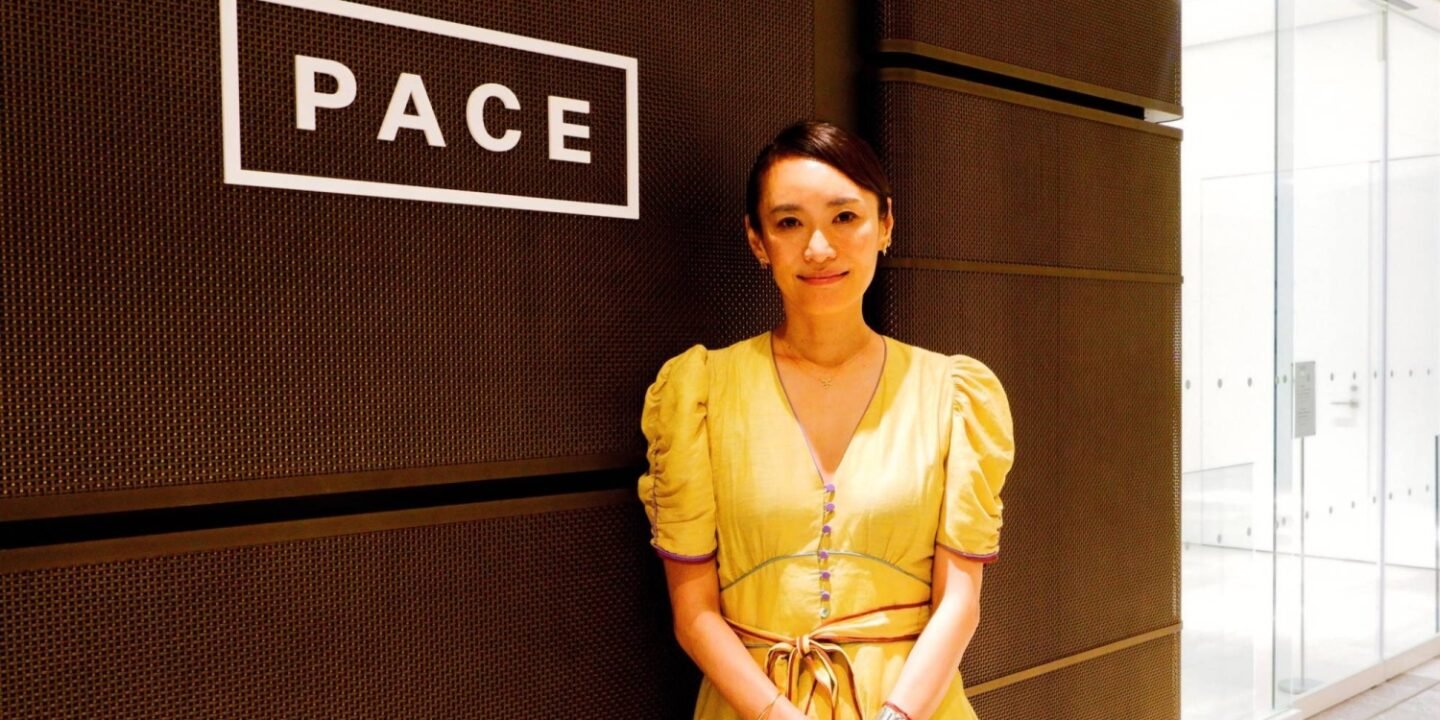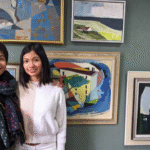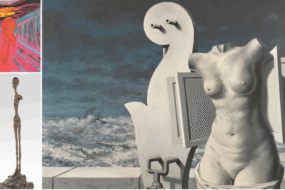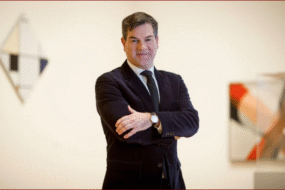
Pace Gallery, one of the largest art galleries in the world, has an ambitious mission in Japan: turning the country into a leading regional art market. And for Pace’s Japan branch, having more international galleries and expanding the Japanese market is the way to go.
Pace Japan Vice President Kyoko Hattori, the de facto head of the business in the nation, believes a larger, more lucrative art market will attract more collectors — a demographic she knows well being a collector herself.
“I want Tokyo to be the center of art in Asia,” said Hattori in a recent interview, explaining that more international galleries are key to achieving this objective. “I want to see it happen.”
Headhunted by Pace CEO Marc Glimcher, Hattori joined the gallery in May 2024 after serving as regional representative for auction house Phillips in Tokyo for around three years, during which she was involved in auctioning off a monumental Jean-Michel Basquiat painting for $85 million on behalf of Japanese billionaire Yusaku Maezawa in 2022.
“Pace is one of the biggest galleries globally, and I was interested because there was no mega gallery in Japan,” Hattori said of her agreeing to accept the top job and take on the broader mission of advocating for Japan as an art hub.
She is clear-eyed about the scale of the challenge, but believes developing Japan into a leading regional art market is within reach. But she also thinks there might be more confidence in Japan’s abilities to achieve this from outside the country.
“Maybe the only people who don’t believe it are the Japanese people,” she said with a laugh.
Despite the long history of art collecting and gallery going in Japan, the country has fallen behind other locations such as Hong Kong and South Korea when it comes to the hosting of international galleries and major art fairs.
As part of its steady expansion in Asia, Pace made an entry into Japan by establishing a bright, airy 510-square-meter gallery space premises at Mori’s Azubudai Hills in 2024.
Japan became Asia’s second-largest art market in 2023, according to a Cultural Affairs Agency research jointly conducted with art economist Clare McAndrew, with a 5% share in value, behind a combined market of China and Hong Kong at a dominant 80%. Additionally, while global sales were just up 1% between 2019 and 2023, Japan saw an 11% increase over the period — from $611 million to $681 million.
Similarly the 2025 Art Basel Global Market report found that South Korea — despite it being home to many mega international dealer galleries — saw its sales decrease by 15% in 2024, while Japan’s grew 2% year on year.
Such results have positioned Japan as a bright spot, generating headlines that rave about the country’s potential. But Japan is still playing catch-up, particularly when it comes to tapping into a more international crowd.
With many international galleries already opening spaces in Hong Kong and in Seoul, a third location in the region may be viewed by some as oversaturation.
“Would they open three locations in Asia? I think that’s also the challenge,” Hattori said.
There has been some movement in big-name galleries coming into Japan recently — Ceysson & Benetiere, established its first Asia gallery in Tokyo’s Ginza district in May, while Space Un, another internationally minded gallery co-founded by Japan-based Edna Dumas of the family behind luxury brand Hermes, set up shop in 2024.
But a key challenge for Japan lies in logistics. Experts have long reasoned that Japan’s taxation framework, which is less competitive than that of other art markets, places it behind the pack when it comes to securing serious international interest.
Japan, which is yet to secure a large international art fair itself — but has campaigned for Art Basel and Frieze — recently saw taxation relaxed for homegrown art fair Tokyo Gendai, held annually in Yokohama.
In 2023, Tokyo Gendai became the first to secure a tax break for its foreign exhibitors, with the government affording it “bonded status.” This means that foreign dealers are exempted from paying taxes and tariffs on works brought into Japan for the exhibition — previously an onerous ask for international galleries looking to access the market. Taxes are imposed when the artworks are sold.
But advocates say further tax reform can’t come quickly enough.
“Hopefully the tax changes,” Hattori said, noting this is a serious challenge.
The need for tax reform was also mentioned several times during a September event held at Pace’s Tokyo branch, where CEO Glimcher had jetted in to speak alongside Mexican American artist Leo Villareal, who was debuting his work in Japan, and veteran Liberal Democratic Party lawmaker Taro Kono, who spearheaded the tax break for foreign art dealers when he served as state minister on deregulation.
But overall, Glimcher remains bullish on Japan — he spoke effusively to guests about the country’s potential.
On the sidelines of the event, Glimcher told The Japan Times that the country was something of an antidote to an art world previously gone crazy for consumption, and facing a slump more recently.
“Tokyo has not been part of that overexcess,” he said, noting it was time for the capital to be the center of the region.
The only mild hint of criticism that could be deciphered was that collectors could be more “aggressive” buyers of art, but he placed the responsibility back on galleries to meet their needs.
Taking a step back, the cool behavior may come down to a few factors — with the yen partly to blame.
While Japan is one of the wealthiest countries in the world, the value of the yen against the dollar means Japanese collectors may have to pay significantly higher prices for international artworks compared to international collectors from countries with stronger currencies.
Hattori said that this is something she’s heard firsthand from Japanese collectors who remember the glory days when the yen was stronger against the dollar, adding that some had decried the price tags of the works of Pace artists, and the increasing costs associated with buying.
Hattori has a standard response for such a complaint.
“You better buy now,” she quipped.
But grumbles about the yen aside, Hattori said that the domestic collector scene in Japan is surprisingly good, as the country boasted a healthy crop of “very serious collectors.”
At the same time, younger collectors are also emerging, and more female collectors eager to build their own collections are entering the scene.
“I like female collectors, because they’re very instinctive, which resonates with me,” Hattori said, noting that she is also personally driven by emotion when she acquires new pieces herself, describing her own art collection as being something of a “diary.”
In Japan too, there are unique qualities among collectors that add to the market’s dynamism.
“I find Japanese collectors are less focused on investment value. It’s less transactional, which I think is great. They do not hire advisers … If you visit a Japanese collector’s home, each collection is very different,” she said.
Such factors add to Japan’s uniqueness as a market, and highlight a deep appreciation for art that those seeking to manufacture a global art hub must cultivate.
“If we bring them global, high-quality works, they are very enthusiastic to buy,” she said. “They’re not interested in parties, but they really want to enjoy art.”












